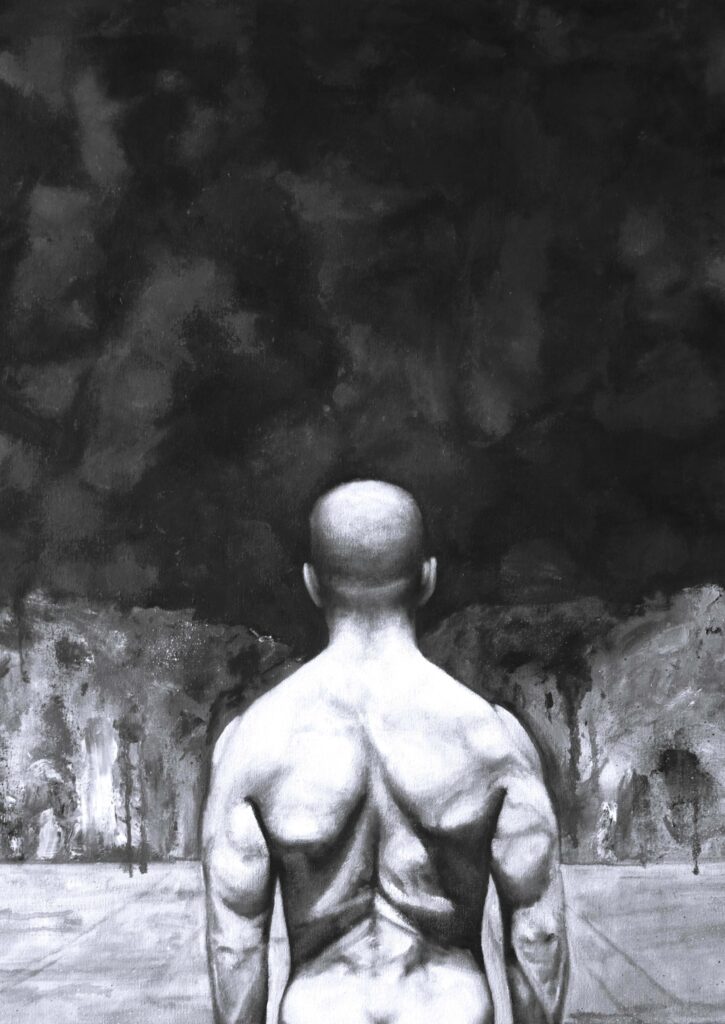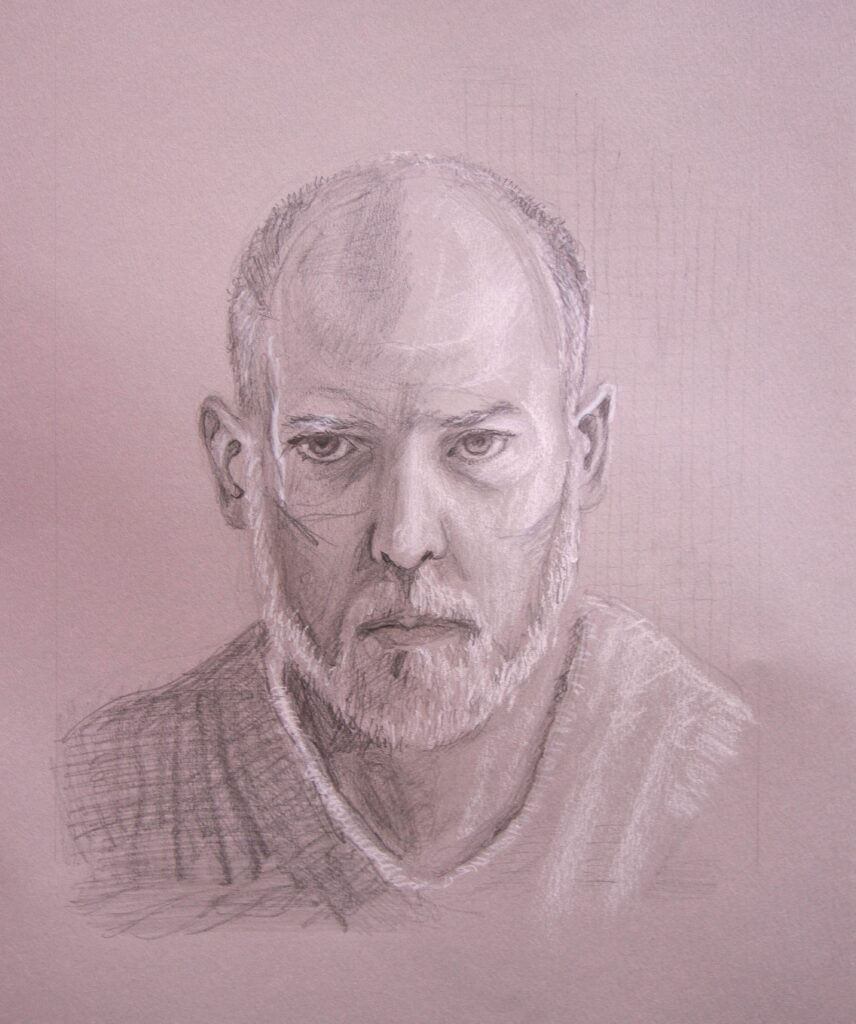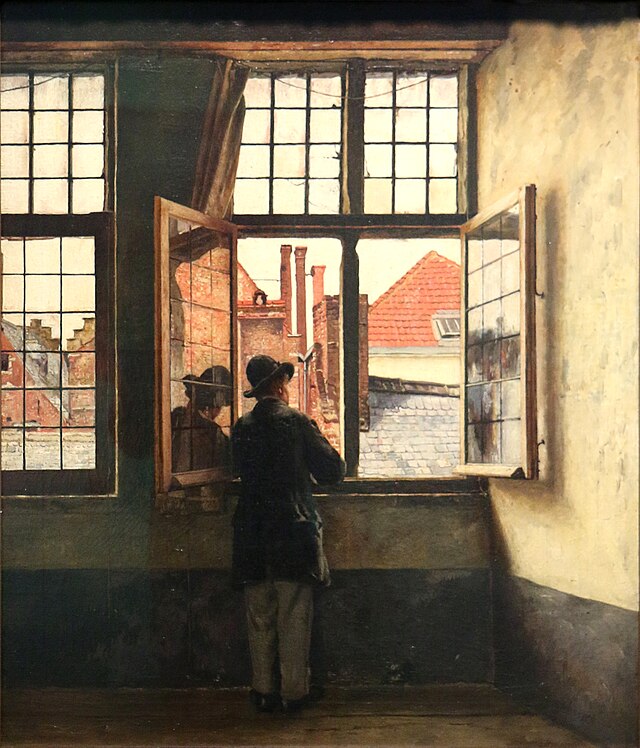
How to Start a Dissident Art Movement
Alexander Adams, Imperium Press, pb., 233 pps., £16.23
SAMUEL MARTIN welcomes a valuable ‘handbook’
Alexander Adams starts his book with a warning – “If anyone is in need of a practical manual of how to organise a counter-cultural vanguard, this is not the book you want.”
One may argue that Adams could’ve chosen a more accurate title. That would however be uncharitable. While not a “practical manual,” Adams nonetheless tries to show what works (or doesn’t) as derived from his own personal experience. The work isn’t a manifesto produced at the inaugural meeting of revolutionaries, declaring their intention to begin the world over again, but the progress report of a soldier who has been in the trenches for a while.
Specifically, the book is a compendium of essays, speeches, and letters by Adams in his crusade against ‘State Art.’ The term State Art is never explicitly defined, although it’s immediately clear what Adams is talking about – aesthetically heterogeneous but ideologically homogenous work arbitrarily foisted upon the public it simultaneously despises and depends on for subsidy.
Adams is however not a populist in either a political or aesthetical sense. His writing shows a clear minoritarian, elitist bent – lauding the handful of innovators, dynamos, and deviants who drag society kicking and screaming into the future. Adams regards himself (and the movement) as being revolutionary, and, like all good revolutionaries, seeks to capitalise on popular discontent, especially where it aligns with the movement’s objectives.
While this might invite accusations of opportunism, it’s clear that if Adams truly is motivated by self-interest, he’s chosen a terrible line of work as an outlet, something he outlines frankly to like-minded artists: “Any dissident arts centre will attract the ire of the governing elite… from media hit pieces and petitions to zoning-regulation alterations and de-platforming from banking systems should be expected.” It is for this reason Adams proposes a Moltke-esque ‘plans never survive contact with the enemy’ approach to dissident organisation.
In conjunction with his disdain for State Art, more cynical and reductive critics may dismiss Adams as speaking out of both sides of his mouth – nominally seeking to remove politics from art while vying to supplant one caste of ideologues with another, utilising art for a different set of political ends. But while Adams states that he’s not part of the ‘Left,’ his work forms a running argument that the enemy is not progressivism per se, but the incremental bureaucratic capture of imagination – the slow domestication of art into a credentialed, subsidised, token-dispensing machine. Progressivism is not so much an eternal enemy, but something that presently, circumstantially, stands in the way of art itself.
In that sense, his criticism of State Art is less a partisan swipe than a structural diagnosis; once art depends on public subsidy and ideological gatekeeping, risk evaporates, and merit is denounced. This is why he can simultaneously praise Old Masters, defend bad folk art, and encourage radical innovation—he sees them all as living vital expressions.
The charge that he is merely swapping one ideological caste for another misunderstands this point. Although he doesn’t seek to equivocate the marginalisation of Right-leaning artists with the liberals of yesteryear, Adams does not offer a checklist of acceptable themes or styles; his ultimate red line is that art be judged on its intrinsic qualities, not on the demographics or politics of its maker. “To be deemed a dissident,” he says, “all it takes (potentially) is being committed to art being judged on its intrinsic qualities and refusing to assess art according to the demographic characteristics of its maker or performer.” Adams’ funniest description of the prevailing art establishment view – and one that is oddly prescient in the light of highly charged current politics – goes as follows “An arts administrator in the UK would be as likely to programme a stage play – provocative but with artistic merit – that was sympathetic towards white nationalism, as he would place a live explosive in proximity to an audience…”

Adams’ determination to avoid sounding like a flippant curmudgeon place his work far ahead of other writers on this subject; he can credibly claim to having a vested interest in art, not merely acknowledging it when it gets caught in the crosshairs of political punditry. In this respect, Adams’ book is timely and useful. It can serve as a powerful counter to the pseudo-profound but popular notion that because art is made in society, and society is a compound of political decisions (past and ongoing), that all art is political.
This really matters. If all art is political, then the distinction between art and propaganda is entirely arbitrary – a figment of power to perpetuate the status quo. This not only makes it legitimate to reject technically sophisticated art for political reasons, but gives licence to work that, if hung in any place other than an established gallery, would be regarded as lowest-of-the-low slop. Just as telling truth in a world of lies becomes a political act, making art in a world of propaganda too becomes a political act – if not political in the eyes of the maker, then in the eyes of those who regard the artist as some kind of ideological enemy.
Adams’ core principle – art first, politics second – means that even when he speaks of “working for your people” or “building parallel institutions,” he is not calling for counter-propaganda but for the creation of conditions in which genuine creativity can flourish on its own terms. The most politically proficient thing one can do create good art – not as political art, but as art itself.
Adams’ twelve ‘rules’ for artists stand out as the work’s backbone: (1) Take yourself seriously (2) find friends (3) look at and talk about art seriously (4) work for your people (5) balance group interest and self-interest (6) make, destroy, monitor (7) keep records (8) write letters (9) art is a social business (10) find homes for your art (11) take risks and 12) take responsibility, suffer well.
There is a refreshing moral seriousness and sincerity to these rules that is rare in either art or politics – perhaps especially in dissident circles, where grifting and Internet histrionics are too often present. Dissecting these rules individually is beyond the scope of this review – which is unfortunate, because they constitute good advice not only for dissident artists, but for anyone with any kind of creative, intellectual, moral or political imperative.
As a writer, the rule to “Destroy a lot” stands out in particular to me. I have known this intuitively for a while, yet never thought to express in such indulgently brutal yet intimate terms:
It does you good to destroy your work and relinquish the substandard. Reuse your material when you can. Without the ability to be ruthless, you will accumulate too much and will be unable to see your achievements clearly. You will incur costs that will burden you with preserving the poor and thereby prevent you from making the better. Take pride in the best you have done and do not become too sentimental regarding the weak, secondary or superseded. Preserve samples of preparatory materials, experiments and unfinished pieces, but preserve sparingly.
These rules are the closest Adams gets to a coherent system of comportment. It’s at this point one begins to realise that Adams’ movement – for all the words he spends justifying its necessity, not to mention shopping list of logistics and strategic pointers – lacks a name.
Drawing on the Impressionists, Adams notes they had no explicit creed or aesthetical guideline beyond opposition to what was ‘the system’ at their time of formation. Here, Adams’ use of Nietzsche and Heidegger on the essence of art could have been tied more explicitly into his views on strategy. Both Nietzsche and Heidegger viewed Descartes’ “I think therefore I am” as emblematic of everything rational, detached, and sterilising we associate with the Enlightenment – contaminating all ensuing intellectual development, including the arts, with a litany of -isms (subjectivism, individualism, scepticism), by presupposing the existence of an “I.”
Adams is determined to avoid punishing self-definition, in order to allow for flexibility. Should dissident artists tell us immediately exactly what they believe and intend to create, they will labour under the pressure to do so, jeopardising their solidarity, and as a result, extinguish themselves.
In the end, we discover that the title isn’t a misnomer but a subtle hint. Adams’ movement isn’t something you announce with a press release. It is something that shows itself gradually in the work, piece by piece, until the proponents of State Art realise it exists. By then, it’ll be too late to stop.
SAMUEL MARTIN is editor of The Mallard (www.mallarduk.com)














